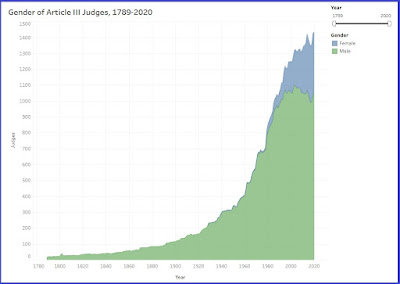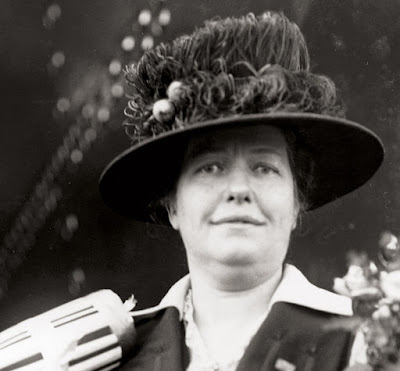 |
| Key Numbers are powerful! |
Some of the changes have responded to changes in technology. When the original outline was created, there wasn't a need for Automobiles (Topic 48A) or Aviation (Topic 48B).
Some of the changes have reflected societal changes. Topic 223, Intoxicating Liquors, is more palatable (or potable) than the old Drunkards Topic.
And some changes reflect developments in the law. Maybe the editors find that they've been shoehorning so many headnotes into one Key Number that it should be subdivided. Or maybe the Topic's entire outline needs to be rethought.
I just saw an announcement that the editors (the company calls them "attorney-editors," to emphasize that they have legal training) have reworked Evidence (Topic 157), and created an entirely new outline. (The announcement was in Thomson Reuters's Information Management Consultant Newsletter—that's a fancy way of saying "Update for Librarians.")
The Key Number editors could have said: "We used to put Evidence
into Key Numbers 1-601. Starting now, we'll put new cases into Key
Numbers 701-3067. You researchers, you have to look in two places. Deal with it." But they didn't do that. Instead, they went back through all the headnotes about Evidence in all of U.S. caselaw and reclassified approximately 490,000 headnotes. One Key Number will bring together cases from 1822, 1922, and last week.
I'm sure that the editors had a lot more on their minds than just changing technology, but here's one change inspired by tech: there's now a headnote for hearsay issues with respect to emails, text messages, and social media posts (that's 157k1216, if you want to run a search). A while ago, those cases would have been classified in Key Number 318(2), "Writings--Letters and telegrams."
When you search for Key Numbers in Westlaw, you can still use the old numbers. For example, when I searched for 157k318(2) (the old number), I retrieved headnotes with Key Numbers in the new scheme, parenthetically noting the former number.
 |
| Westlaw shows the former Key Number (157k318(2)) as well as the current one (157k1216) |
When I click on the broader heading to skim IX. WRITINGS AND OTHER DOCUMENTARY EVIDENCE, k1211-k1560, I see that email turns up a couple of times--under hearsay and under "writings as self-serving statements." If I'm interested in both, I can search for 157k1216 or 157k1229.
 |
| Excerpt from Evidence Topic |
For more on using the West Key Number System, I recommend the Stanford Law Library's guide, Case Finding and Advanced Searching Strategies and Westlaw's own PowerPoint, The Topic and Key Number System. For more on the changes to the system over time, see Sarah Gotschall, Common Scolds, Drunkards and Embracery: Exploring the Past and Present Through West Digest Topics, RIPS Law Librarian Blog (Nov. 24, 2020).
And for more on keys and lightning (literally, not just metaphorically, as in my graphic), see Benjamin Franklin and the Kite Experiment, Franklin Inst. (June 12, 2017)


